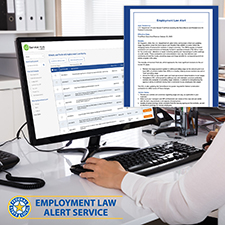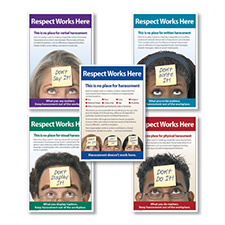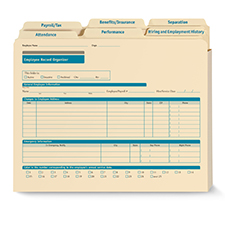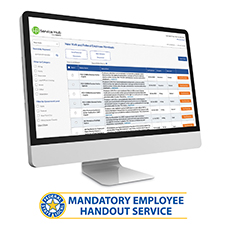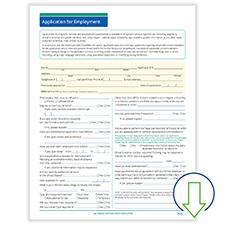
Recognizing the importance of allyship is one thing -- actively demonstrating it in your workplace is quite another. To foster an environment of genuine diversity and inclusion, you must identify shortcomings in your business and take specific, impactful steps.
During these ever-changing times, responsible employers are expected to be fully accountable and “walk the talk” with their missions and values, which involves a strong push toward allyship.
Understanding the Role of Allyship
What is allyship? Although the term first appeared in the mid-1800s, it gained momentum in the past few decades due to headline-making events and erupting social and racial issues. In fact, the term is now so prominent that Dictionary.com deemed it the 2021 Word of the Year.
The popular website gives two definitions: a person who advocates for inclusion of a marginalized or politicized group in solidarity (but not as a member), as well as persons, groups or nations associating and cooperating with one another for a common cause or purpose.
It’s the first definition that crosses over to workplaces today. Because the lines have blurred between what’s happening in society and what’s happening in the workplace, employers must take allyship seriously. Genuine allyship involves awareness and action, which are two key pillars that can hold up your broader diversity and inclusion initiatives.
According to a 2019 Deloitte report , allies may be the “missing link” in making organizations more inclusive and capable of driving real change. The potential is great when allyship is understood and embraced.
Be aware, however that without real action, you may be guilty of performative allyship. It’s not enough to vocalize your support as a business, but to back up your statements with specific measures.
The good news is that when done earnestly and consistently, your actions can lead to greater:
- Employee satisfaction and retention
- Productivity and profitability
- Appeal to future employees when hiring
How to Strengthen Allyship in the Workplace
As a vital first step, be sure to audit all internal processes to identify and correct any systemic biases. These biases may be based on social norms and stereotypes, on information we have learned over time, or our own personal life experiences. More problematic, these typically unconscious biases can lead to discrimination. (For example, placing candidates with ethnic-sounding names in the “no” pile when hiring.) Review job descriptions, your resume screening practices, pay and promotions policies, and discipline procedures.
As it relates to allyship, you also want to be certain you’re deliberately engaging employees from under-represented groups for the benefit of all employees. The goal is to ensure that everyone, regardless of their differences, feels included. You can accomplish this by:
- Inviting all team members to share their opinions in meetings
- Rethinking your definition of “cultural match” when hiring where you focus more on the candidate’s strengths than their ability to fit right in
- Creating teams comprised of individuals with different backgrounds and experiences to learn from each other
- Introducing mentorship programs that tap a team member who is strong in one skill set to guide another employee
There’s also the matter of equity, which appreciates that everyone has different needs and identities. Unlike equality, where you treat everyone the same, equity involves thoughtful, individualized attention. Achieving equity in the workplace may require you to correct the advantages enjoyed by some employees and not others. In other words, you may need to even the playing field by:
- Ensuring everyone has access to the same opportunities and advancements
- Carefully assigning tasks so everyone has a chance to shine
- Reviewing policies to provide similar treatment with merit or work-based rewards
Reinforce Allyship Efforts with Diversity and Inclusion Training
Allyship is a powerful component of a vibrant, diverse and inclusive workplace. And the right training can encourage employees to recognize and support each other’s unique backgrounds and experiences. Diversity & Inclusion at Work: Unconscious Bias Training for Employees is a self-paced training program that uses relatable examples, thought-provoking exercises and interactive quizzes to teach the value of diversity and respecting differences for a more positive, integrated work environment.
Related Content:
New Supreme Court Rulings Call for a Careful Review of Potentially Discriminatory Job Postings
Is Employee Conduct Outside the Workplace Open to Discipline?






 Shopping cart
Shopping cart